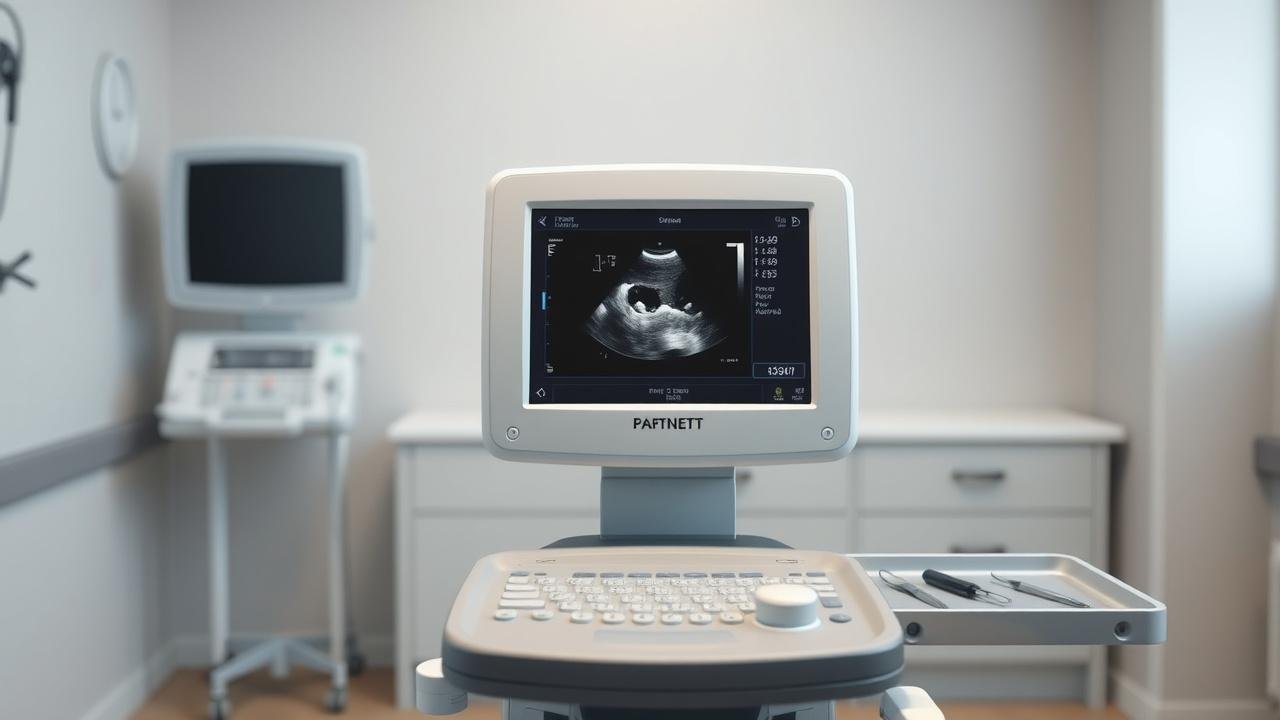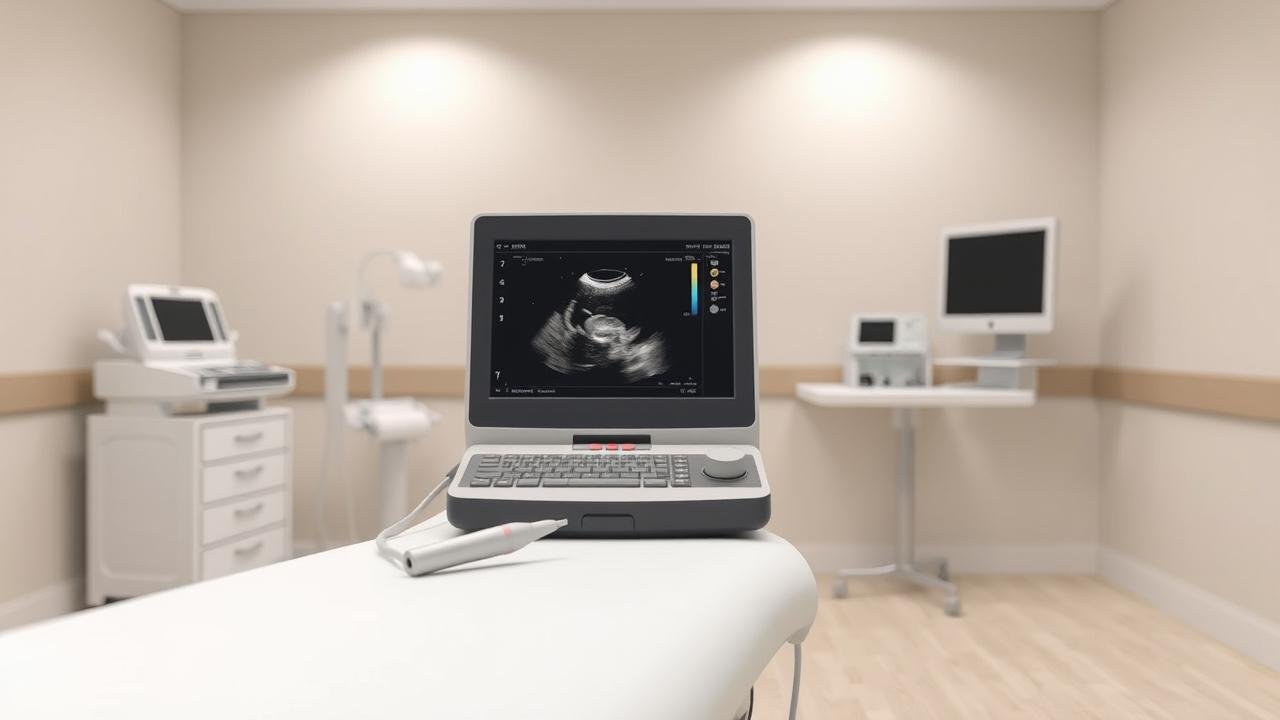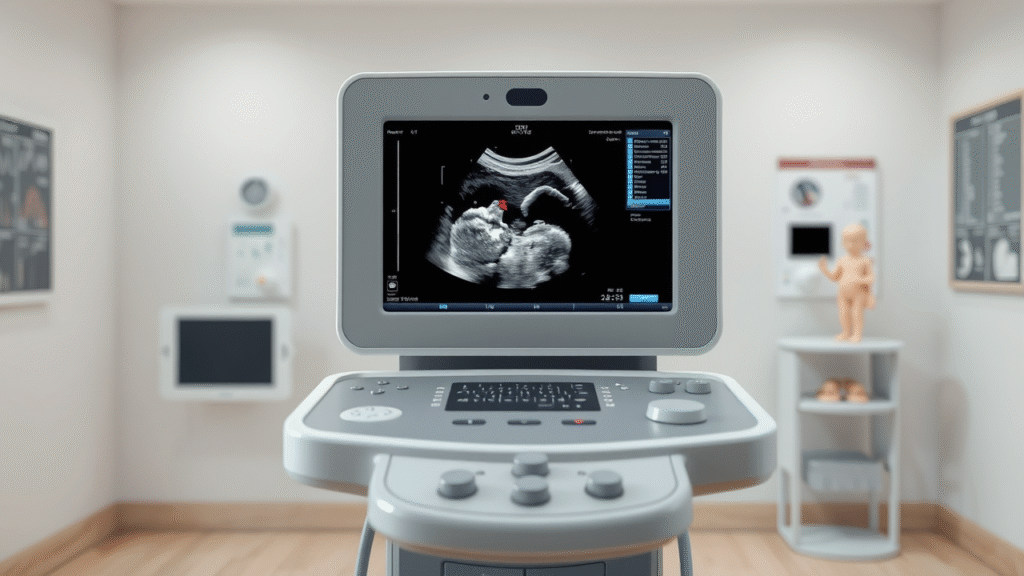Ultrasound scans play a vital role in tracking fetal development throughout pregnancy, offering crucial insights into the baby’s growth and health. This technology allows healthcare providers to monitor key milestones, detect potential complications early, and provide expectant parents with detailed information about their unborn child. In this blog, we’ll explore how different ultrasound types are used across pregnancy stages, what scan results reveal about fetal well-being, and the latest advancements in imaging techniques. We’ll also discuss safety guidelines, emotional benefits for parents, and emerging innovations shaping the future of fetal monitoring.
Understanding How Ultrasound Technology Tracks Fetal Growth Milestones During Pregnancy
Understanding how ultrasound technology tracks fetal growth milestones during pregnancy is fundamental to appreciating its role in fetal development monitoring. Ultrasound scans utilize high-frequency sound waves to create real-time images, allowing clinicians to measure key indicators such as crown-rump length, head circumference, and femur length. These measurements help chart the fetus’s growth trajectory against established milestones, providing insights into overall health and development progress. This foundational knowledge ties directly into interpreting scan results, where parents learn what these growth markers signify for their baby’s well-being. Moreover, tracking these milestones across different pregnancy stages complements the specialized ultrasound types described elsewhere in the blog. It also supports early detection of complications by highlighting deviations from normal growth patterns. As advancements in 3D and 4D imaging refine anatomical visualization, they further enhance milestone assessment accuracy. Understanding this process also underscores why safety guidelines are crucial—ensuring that frequent monitoring benefits both mother and fetus without risk.
Key Ultrasound Scan Types Used at Different Pregnancy Stages to Assess Fetal Health

Throughout pregnancy, different ultrasound scan types play a crucial role in assessing fetal health at each developmental stage. Early first-trimester scans primarily confirm pregnancy viability and establish gestational age, providing essential baseline data referenced later when interpreting fetal growth milestones. As pregnancy progresses, detailed anatomy ultrasounds offer comprehensive views of fetal organs and structures, aiding in the early detection of anomalies discussed under managing complications. Specialized Doppler ultrasounds evaluate blood flow to ensure adequate oxygen and nutrient delivery, complementing insights from 3D and 4D imaging advancements that enhance visualization of subtle anatomical details. These scan variations collectively support accurate monitoring while adhering to safety guidelines highlighted elsewhere in the blog. For expectant parents, understanding these distinct ultrasound types enhances engagement with their baby’s development and contributes to psychological reassurance during prenatal visits. This layered approach underscores how tailored ultrasound techniques integrate within broader fetal monitoring strategies and emerging innovations shaping future prenatal care.
Interpreting Ultrasound Scan Results: What Expectant Parents Should Know About Fetal Development Indicators
Interpreting ultrasound scan results is a crucial aspect for expectant parents seeking to understand fetal development indicators. These results provide vital information on growth milestones, organ formation, and overall well-being, linking closely to how ultrasound technology tracks progress throughout pregnancy. By decoding measurements like crown-rump length or amniotic fluid volume, parents gain insight into their baby’s health at different stages, complementing the knowledge shared in sections about key scan types used at specific trimesters. Understanding these findings also helps contextualize early detection of complications discussed elsewhere in the blog. Moreover, clear interpretation enhances the emotional reassurance highlighted in the psychological benefits section, as informed parents feel more connected and prepared. As advancements in 3D and 4D imaging offer increasingly detailed anatomy views, interpreting results becomes more precise. Together with adherence to safety guidelines, this holistic understanding empowers families to engage confidently with ongoing monitoring and emerging innovations shaping prenatal care.
The Impact of Ultrasound Imaging on Detecting and Managing Pregnancy Complications Early

Ultrasound imaging plays a crucial role in the early detection and management of pregnancy complications, significantly improving outcomes for both mother and baby. By providing real-time visualization of fetal anatomy and growth patterns, ultrasound scans help identify issues such as placental abnormalities, fetal growth restriction, or congenital anomalies well before symptoms appear. This proactive monitoring ties closely to understanding fetal growth milestones and interpreting scan results accurately, empowering healthcare providers to tailor interventions promptly. The evolving precision offered by advanced 3D and 4D ultrasound technologies further enhances the ability to detect subtle developmental concerns that might otherwise go unnoticed. Additionally, adhering to safety guidelines ensures that these diagnostic benefits are delivered without risk throughout pregnancy monitoring. Early identification not only supports medical management but also alleviates parental anxiety by offering clearer insights into fetal health, connecting with the psychological benefits expectant parents experience during routine ultrasound appointments.
Advancements in 3D and 4D Ultrasound Technologies Enhancing Detailed Visualization of Fetal Anatomy
Advancements in 3D and 4D ultrasound technologies have revolutionized the detailed visualization of fetal anatomy, providing expectant parents and clinicians with unprecedented clarity. Unlike traditional 2D scans that offer flat images, these innovations create lifelike, three-dimensional views and real-time motion imaging, enhancing the assessment of fetal structures such as facial features, limbs, and organs. This enhanced visualization supports more accurate monitoring of growth milestones, complementing earlier sections on how ultrasound tracks development across pregnancy stages. Moreover, 3D and 4D imaging improves the early detection of anomalies, tying directly into discussions about managing pregnancy complications proactively. For parents, these vivid images also strengthen emotional bonds, echoing insights on psychological benefits during prenatal care. As technology evolves further—highlighted in future directions—these advanced modalities continue to refine our understanding of fetal health indicators while adhering to safety guidelines critical for ongoing monitoring throughout pregnancy.
Safety Considerations and Guidelines for Ultrasound Use Throughout Pregnancy Monitoring

Safety considerations and guidelines for ultrasound use throughout pregnancy monitoring are vital to ensure both maternal and fetal well-being. While ultrasound is widely regarded as a non-invasive and safe imaging method, adhering to recommended protocols limits unnecessary exposure. Medical professionals emphasize using the lowest effective energy levels and restricting scan duration, especially in early pregnancy when fetal tissues are most sensitive. This careful approach complements insights from sections like “Understanding How Ultrasound Technology Tracks Fetal Growth Milestones,” ensuring that diagnostic benefits do not come at a risk. Additionally, safety guidelines intersect with advancements discussed in “3D and 4D Ultrasound Technologies,” where enhanced imaging must be balanced against exposure concerns. Expectant parents learning from “Interpreting Ultrasound Scan Results” benefit from knowing these scans follow strict safety standards, which also supports the psychological reassurance highlighted in that blog segment. Ultimately, responsible ultrasound use underpins early detection of complications and future innovations shaping safer fetal monitoring practices.
The Psychological Benefits of Ultrasound Scans for Expectant Parents During Pregnancy
Ultrasound scans provide more than just medical insights; they offer significant psychological comfort to expectant parents during pregnancy. Seeing their developing baby through real-time images can deepen emotional bonding and reduce anxiety, especially as fetal growth milestones are tracked closely in scans discussed in sections like “Understanding How Ultrasound Technology Tracks Fetal Growth Milestones During Pregnancy.” This visual connection reassures parents about the baby’s health, complementing knowledge gained from interpreting scan results and fetal development indicators. The ability to detect complications early, as highlighted in related sections on managing pregnancy risks, also alleviates stress by enabling timely interventions. Additionally, advancements in 3D and 4D imaging enhance this experience by providing clearer, lifelike views of the fetus, strengthening parental attachment. Overall, the psychological benefits underscore ultrasound’s role beyond clinical monitoring—offering emotional support that helps parents feel more connected and confident throughout their pregnancy journey.
Future Directions: Emerging Innovations and Research Shaping the Role of Ultrasound in Fetal Monitoring
As ultrasound technology continues to evolve, its role in fetal monitoring promises even greater precision and insight, enhancing the detailed visualization and early detection capabilities that have already transformed prenatal care. These emerging innovations build upon established methods of tracking growth milestones and interpreting developmental indicators, deepening our understanding while maintaining safety for both mother and child. Beyond the clinical advantages, ultrasound remains a source of comfort and connection for expectant parents, bridging science with the emotional journey of pregnancy. Through every stage, MomDadDispatch.com stands alongside families, sharing knowledge and support in this remarkable process.






